
Bias Tires
Bias tires provide strong sidewall protection, stability, and durability for heavy-duty applications. Ideal for construction, mining, and industrial use, they offer excellent resistance to cuts, impact damage, and tough terrain.

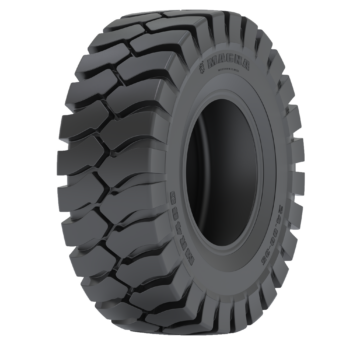

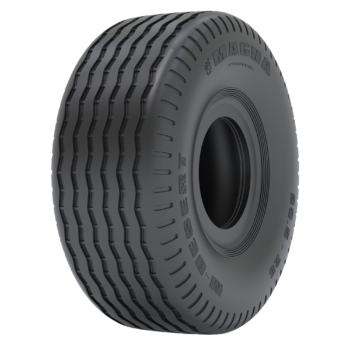
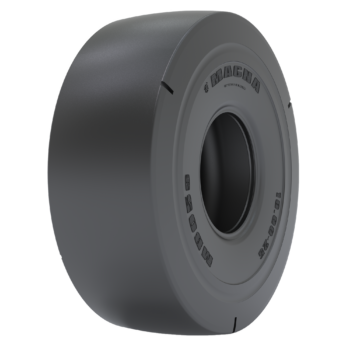


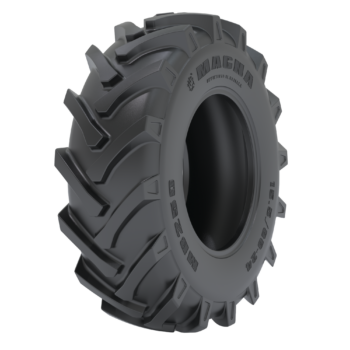
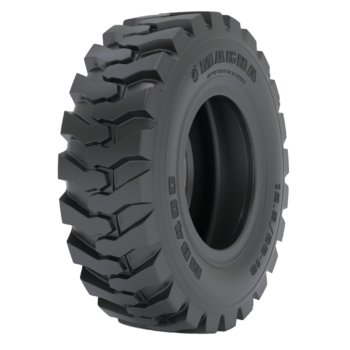
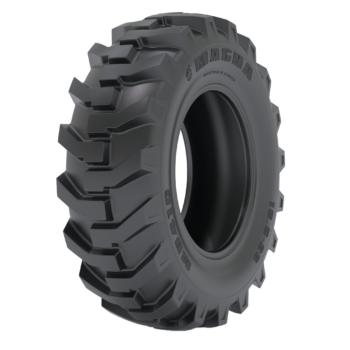



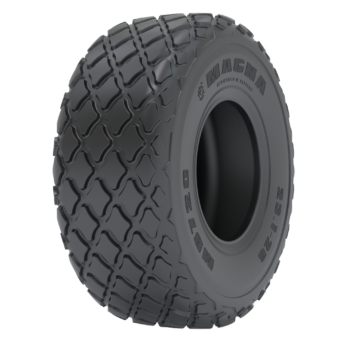


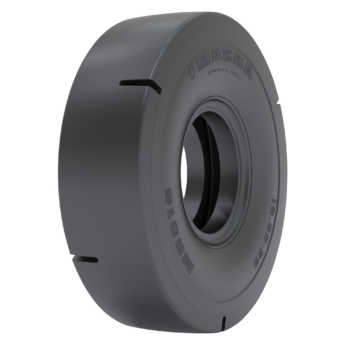
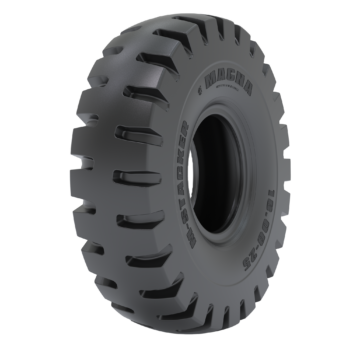
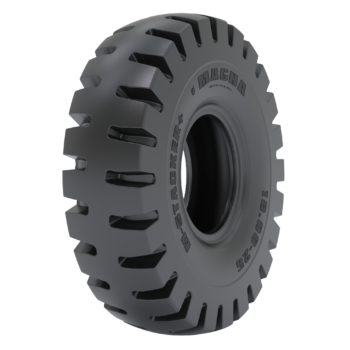
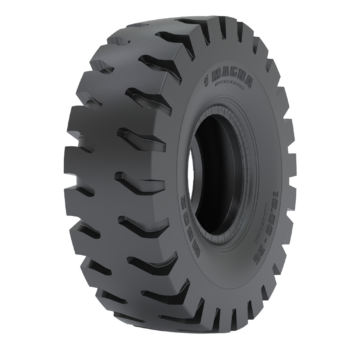
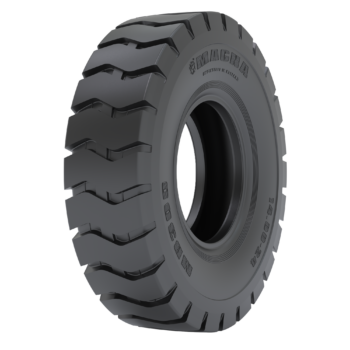
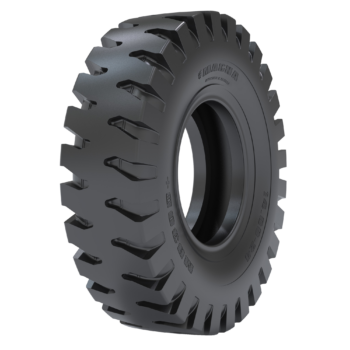
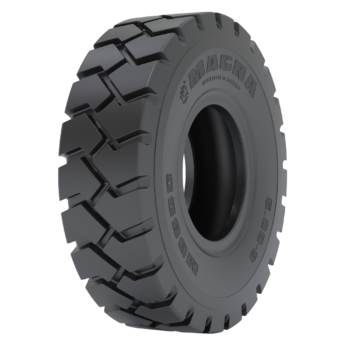
Bias tires, commonly referred to as cross-ply tires, are a traditional tire construction technique that existed before radial tires became mainstream. In bias tire design, the internal ply cords are arranged diagonally, creating a crisscross pattern. The term “bias” is derived from the diagonal layout of these cords, which are often made from layers of nylon fabric.
A significant feature of bias tires is their strong sidewalls, which offer enhanced stability and resistance against damage from impacts and punctures. This resilience is particularly beneficial for off-road use. Bias tires are also recognized for their impressive load-carrying capability, fitting for vehicles that demand solid support for heavy burdens. The toughness of bias tires is especially valuable when a rugged and durable tire construction is needed. This toughness results from the intersecting layers of cords set at angles, yielding a robust tire build.
However, bias tires do have their downsides. They tend to be less fuel-efficient on asphalt and generally have higher rolling resistance, leading to increased heat production during use, which makes them less ideal for high-speed travel. Off-road machinery typically operates at lower speeds, so this compromise doesn’t affect the specific tasks these tires are crafted for. Moreover, their proficiency in handling challenging terrains keeps them as a favored option for certain specialized vehicles. The distinctive advantages and resilience of bias tires render them essential for sectors that rely on heavy-duty capabilities.
Bias tires are employed across a range of machinery in construction, port & terminal, mining & earthmoving, and airport operations. Our bias tires are mounted on various types of equipment:
We have detected that you speak English.
Would you like to switch to English?
Stay in US English Switch to English